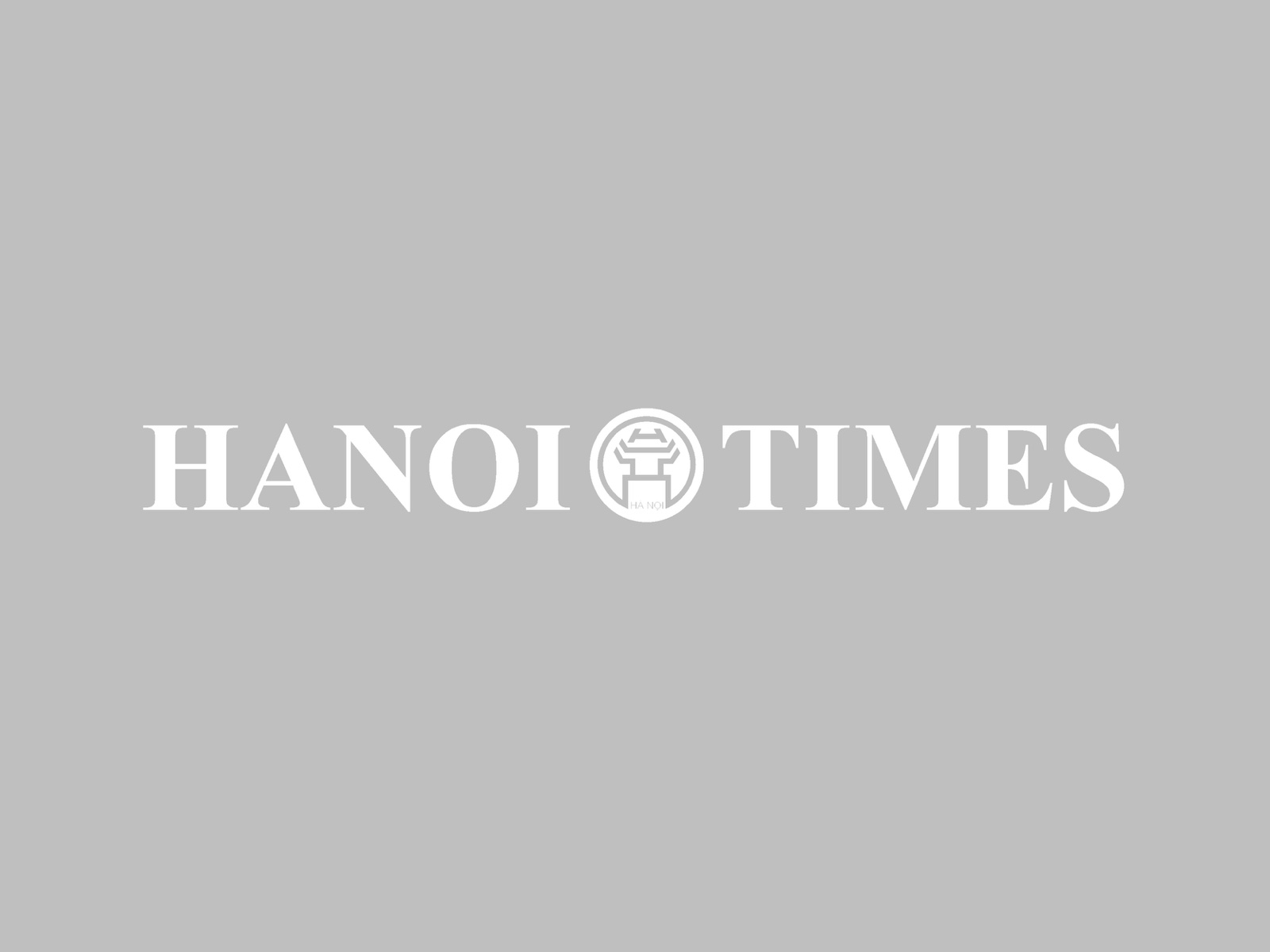Social Affairs
Vietnam medical equipment market grows 18%-20% in 2016-2020
Aug 13, 2019 / 03:54 PM
Demand for better healthcare in Vietnam over the past years has greatly contributed to the growth of medical device market.
Vietnam’s medical equipment market is expected to enjoy an annual growth rate of 18-20% in 2016-2020, making it the ninth largest market in the Asia-Pacific region.

Vietnam's medical equipment market remains potential. Photo: British Business Group Vietnam
Vietnam is growing as a manufacturing location for medical device companies and exports have been posting consistent growth, the British Business Group Vietnam (BBGV) quoted a report in 2018 by Business Monitor International.
In 2017, Vietnam spent US$1.1 billion on medical equipment imports which are mainly diagnostic imaging equipment such as X-ray, ultrasound, magnetic resonance imaging, computed tomography scanners, and equipment used for surgery, endoscopy, sterilization, testing and medical waste treatment, according to the Ho Chi Minh City Medical Equipment Association.
Demand for medical devices will record grow strongly due to upgrading healthcare resources at both public and private healthcare facilities, opening up a valuable opportunity for market players, according to Ken Research which provides bespoke industry intelligence, equity research reports and business consulting services.
More than 90% of medical equipment in Vietnam is imported from other countries, including 55% from Japan, Germany, the US, China, and Singapore. The remaining 10% marketshare of medical equipment comes from roughly 50 domestic manufacturers which are licensed by the Ministry of Health, BBGV cited the ministry.
Vietnam may turn into a regional manufacturing hub for medical device manufacturers with an increase in domestic production and technological tie-ups.
With a need to improve healthcare services in Vietnam, healthcare providers are focusing on using advanced technological medical equipment which will help in early detection of diseases and increase pace in diagnosis and recovery timelines.
In terms of equipment, Ken Research said in a recent report that consumables dominated Vietnam’s medical devices market in 2017 as syringes, needles, and catheters played the most popular and fastest growing sub-categories of imported goods over the last five years.
Diagnostic imaging equipment ranked the second in the list due to people’s improved awareness of early disease diagnosis. Orthopedics and prosthetics were third, followed by patient aids.
In terms of end users government-funded hospitals dominated the end users of the medical device market, followed by local private hospitals, and foreign-owned hospitals ranked the third, while research institutions posted the least payment as this segment is open to experimentation with new and innovative techniques.

Vietnam's medical equipment market remains potential. Photo: British Business Group Vietnam
In 2017, Vietnam spent US$1.1 billion on medical equipment imports which are mainly diagnostic imaging equipment such as X-ray, ultrasound, magnetic resonance imaging, computed tomography scanners, and equipment used for surgery, endoscopy, sterilization, testing and medical waste treatment, according to the Ho Chi Minh City Medical Equipment Association.
Demand for medical devices will record grow strongly due to upgrading healthcare resources at both public and private healthcare facilities, opening up a valuable opportunity for market players, according to Ken Research which provides bespoke industry intelligence, equity research reports and business consulting services.
More than 90% of medical equipment in Vietnam is imported from other countries, including 55% from Japan, Germany, the US, China, and Singapore. The remaining 10% marketshare of medical equipment comes from roughly 50 domestic manufacturers which are licensed by the Ministry of Health, BBGV cited the ministry.
Vietnam may turn into a regional manufacturing hub for medical device manufacturers with an increase in domestic production and technological tie-ups.
With a need to improve healthcare services in Vietnam, healthcare providers are focusing on using advanced technological medical equipment which will help in early detection of diseases and increase pace in diagnosis and recovery timelines.
In terms of equipment, Ken Research said in a recent report that consumables dominated Vietnam’s medical devices market in 2017 as syringes, needles, and catheters played the most popular and fastest growing sub-categories of imported goods over the last five years.
Diagnostic imaging equipment ranked the second in the list due to people’s improved awareness of early disease diagnosis. Orthopedics and prosthetics were third, followed by patient aids.
In terms of end users government-funded hospitals dominated the end users of the medical device market, followed by local private hospitals, and foreign-owned hospitals ranked the third, while research institutions posted the least payment as this segment is open to experimentation with new and innovative techniques.








